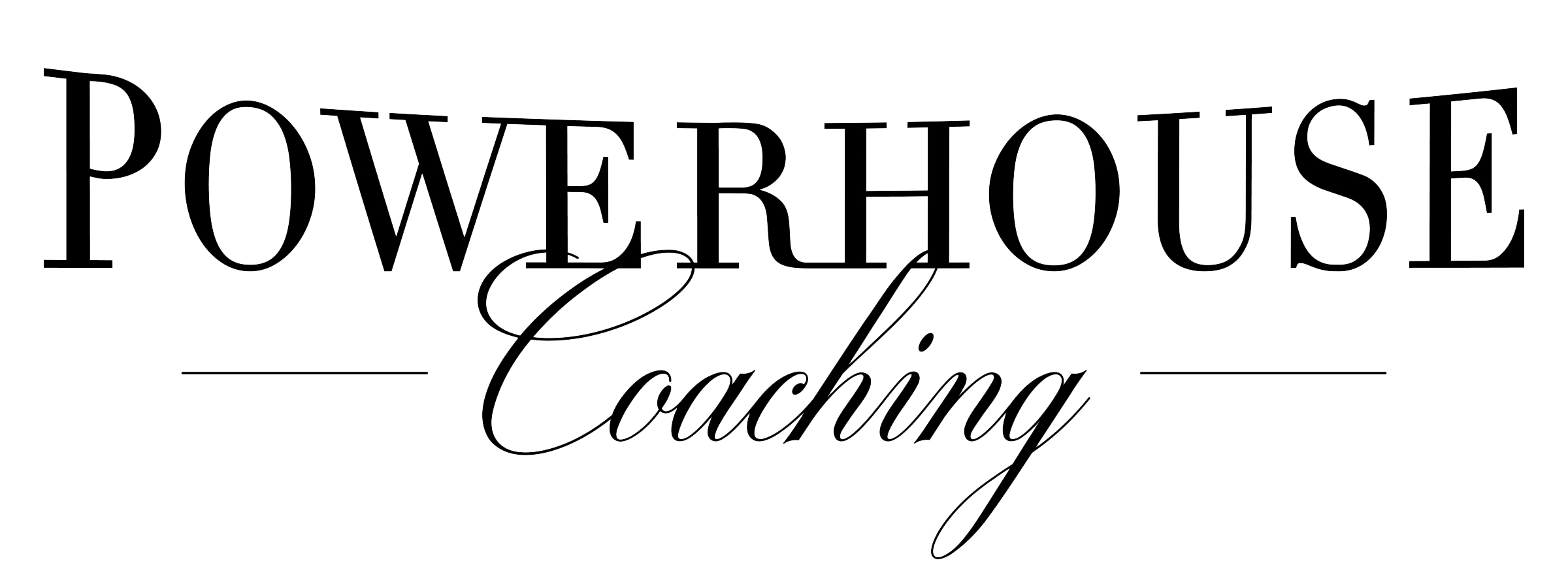LEADERSHIP CHALLENGE: You’ve built a career on strength, adaptability, and delivering results. But at some point, the weight of the “game face” becomes too heavy to bear. The pressure to perform, to project confidence even when you don’t feel it, is exhausting. What if the key to being a stronger leader isn’t more effort – but more authenticity?
Quick Summary:
- Lack of leadership authenticity creates and perpetuates burnout
- “Faking it” depletes willpower that could otherwise be applied to making real progress
- This depletion of willpower leads to errors of judgment and behavior
- Leadership authenticity requires appropriate balance and responsibility
Go Deeper:
I recently wrote on Leadership Burnout being a core contributor to Imposter Syndrome, sharing that you may think the answer is to put on your game face and attempt to power through. However, “self-presentation” or faking it is one of the most depleting things you can do and perpetuates the cycle of burnout.
Why does leadership authenticity matter?
For a slew of reasons. The first, and to me, most interesting, is that authenticity is efficient. Authenticity preserves the emotional, mental, and physical resources you need to lead.
That said, authenticity isn’t about unchecked expression. Strong leadership requires emotional regulation and awareness of your impact on others. Being authentic isn’t about venting frustrations or forgoing professionalism – it’s about aligning your leadership with your values, so you’re not expending unnecessary energy on maintaining a façade.
Whenever you present yourself in a way that contradicts how you truly feel, you engage in “self-presentation,” a process that consumes vast amounts of willpower – also known as self-regulatory resources. These resources, finite and necessary for cognitive and emotional control, become drained. This deficit weakens your self-control and fuels burnout.
An example: you show up at a meeting wearing your game face. You lack the conviction you’re displaying, but it feels necessary. You say words you don’t mean, and hope you’re convincing. You pretend to like things you don’t like. You hold your tongue. It’s exhausting – but you get through. You head back to your office, bite the head off the first safe person you meet, and send an email you immediately regret. You say too much or share inappropriately. You wonder what’s wrong with you.
There is nothing wrong with you. This is normal “self-presentation” backlash. The willpower spent on maintaining a façade was no longer available when you truly needed it.
A typical example would be any glorified leader in the public eye who is later involved in a scandal. We see this repeatedly, and this loss of self-control is called “ego depletion”. All the effort used to make an unrealistically positive impression led to errors of judgment and self-control. I don’t judge this. I just notice it.
Of course this is a balancing act. Leaders have a responsibility to regulate their own anxiety and be conscious of the impact they are having on others. I am not suggesting you “let it all hang out”. However, the more authentic you are as a leader, to the degree it’s possible, the more stamina you will have for the things that really matter, like problem-solving, emotional control, decision making, and endurance.
Faking it is something I see leaders get away with until around the age of 37. Then it becomes too heavy to bear. Continuing this way is possible but exhausting, unconvincing, and ineffective. But what to do when the old way stops working?
The only answer is self-knowledge, and this to me is the most important work of leadership. To know who you are and be that on purpose. This is the only way to lead sustainably in the second half of life, and if you’d like to get a head start on yourself instead of waiting to hit the wall, that’s an option too.
One of my favorite documentaries is My Architect about the life of Louis Kahn, who created some truly timeless buildings after a slow start. Something he said to his students, that struck me deeply and that I hold true, was this.
“… When you want to give something presence, you have to consult nature. And this is where design comes in. If you think of brick, for instance, you say to brick, what do you want, brick? And brick says to you, I’d like an arch.
And if you say to brick, look, arches are expensive, and I can use a concrete lintel over you. What do you think of that, brick?
Brick says, I’d like an arch.
And it’s important you see, that you honor the material that you use. You don’t bandy it around as though you said, well, we have a lot of material around, we can do it one way, we can do it another. It’s not true. You can only do it if you honor the brick, and glorify the brick, instead of just shortchanging it.”
Timelessness matters to me too. To create something timeless, we must honor the material – just as great architects do. Leadership is no different: you must first know your true nature, then lead from it on purpose.
There are additional reasons leadership authenticity matters, however I will stick with this for now. In future I will write on Authenticity and Legacy, and Authenticity and Presence, so if you’re interested in these topics follow me.
If you have found this helpful, please share it using the links below.
I work with CEOs who are ready to know who they are, and be that on purpose. When you’re ready, I’m here. Request your consultation →
This guide reflects Katherine Hosie’s CEO Coaching observations developed over two decades at Powerhouse Coaching.
“The privilege of a lifetime is to become who you truly are.”
Carl Jung


